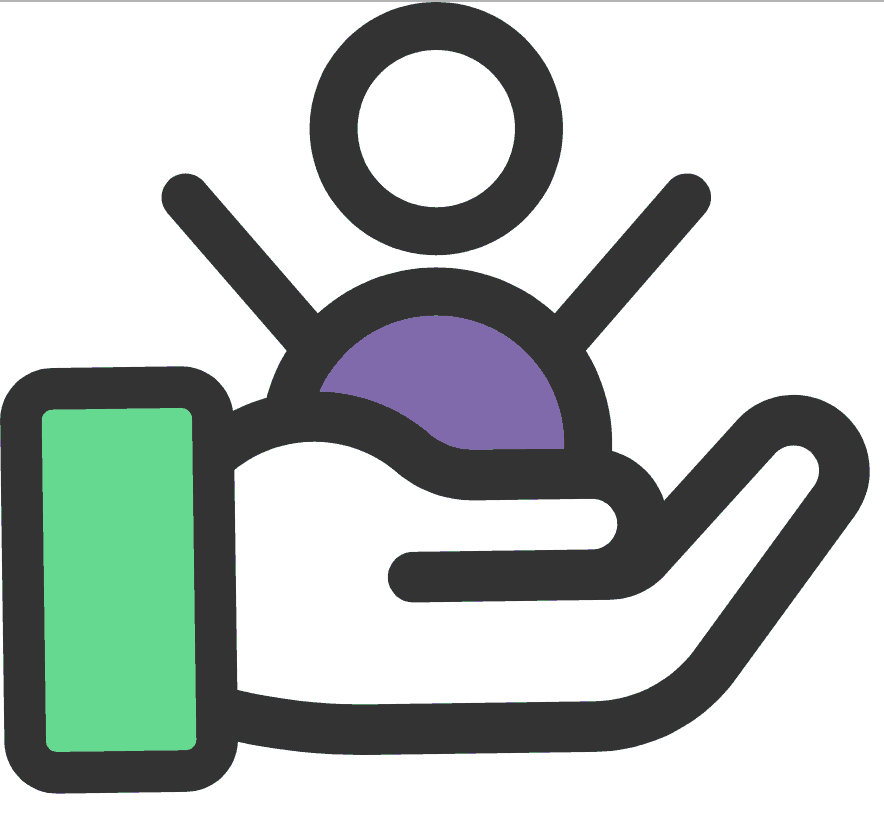Keeping the child at the heart of child protection
Keeping the child at the heart of child protection is something a great number of our community have been grappling with recently. We have blogged on this topic many times before, it is something we care about deeply. In our latest webinar with around 100 UK practitioners we were exploring how we can better include the voice and experience of children in child protection and safeguarding work.
Indeed, 95 percent of those on the call felt that the challenge to get the child’s voice into child protection work ranged from moderately to very difficult. Most felt that under half of all children are meaningfully involved in child protection conferences. So how do we keep the child’s lived experience front and centre in child protection processes? Before we can answer that question we need to be clear what we mean about participation.
What we mean by participation
Participation is not about ticking boxes, nor having things ‘done to or for them’. It’s all about partnership, empowerment and co-producing plans with children, young people and their families. Children should be active participants. Understanding of their lived experience is what is needed to make a robust assessment and plan. They are great at understanding the risk they live with and we often hear that when done well the child’s views can be the deciding factor for professionals in understanding the risk that exists. A member of our community has said “We need to know what a day in the life of that child is like”. You can’t do that without really hearing their views.
No more missed opportunities in the future
We were lucky in our seminar to have the expertise of Dr Dillon, who talked about her research findings, ‘Wishes and feelings: Misunderstandings and missed opportunities for participation in child protection proceedings’. The focus on properly hearing children’s views is something we should all be challenging ourselves to be better at; consider this statement from a recent publication.
The term ‘wishes and feelings’ is perhaps contentious. It reads as whimsical and desire-focused, yet the purpose … is to create meaningful participation that can empower maltreated children and even prevent further abuse from happening
Here’s the big question
Why are we less inclusive of children and young people’s participation in child protection meetings? We wouldn’t for a minute practice in that way in children in care reviews so why is it okay in child protection processes? Even about the language we use is not inclusive – the child is ‘subject to a child protection plan’.
A forward-thinking working group of social work managers has concluded that we simply have not transferred the learning from how we changed looked after children’s reviews. Maybe now is the time we did just that and gave the power back to the child. If you’d be keen to join this working group feel free to drop me a note on jill@mindofmyown.org.uk
If you would like the link to the recordings of the first two webinars please contact your account manager and the next in the series will be held at 15.30 on the 2 November. We will be hearing about best practice in participation and children’s voices in contextual safeguarding. One not to be missed! You can sign up here.




